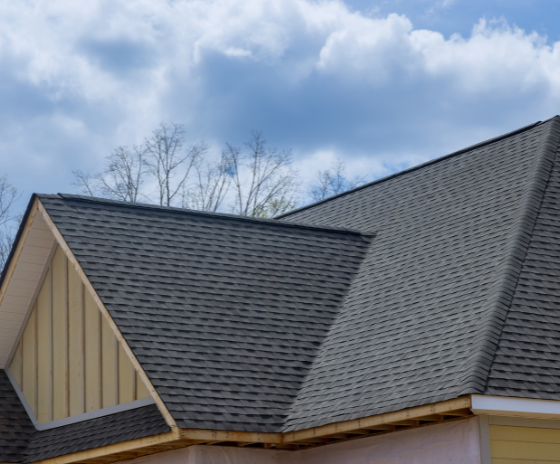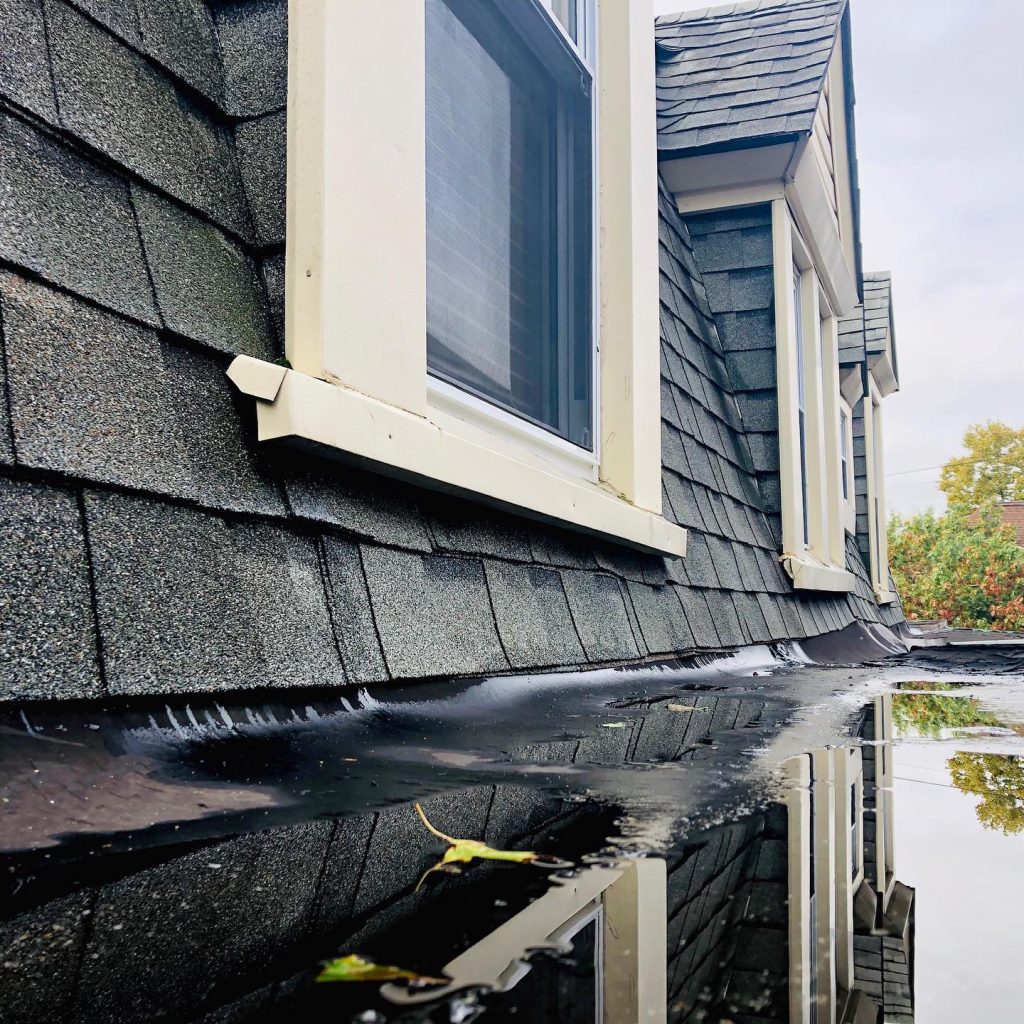

Dealing with roof leaks is a common homeowner concern. A sudden leak can be alarming and cause considerable damage if not addressed promptly. A roof leak can signify a serious issue with your home’s structural integrity. Understanding how to identify, temporarily fix, and permanently repair roof leaks is crucial for preventing water damage and costly repairs. This article will walk you through the process, from diagnosis to implementation. We’ll cover various identification techniques, temporary solutions, and detailed repair options to help you understand the best course of action for your situation.
Identifying Roof Leaks
Recognizing the Signs of a Leak
Identifying roof leaks early can prevent extensive water damage and costly repairs. Pay close attention to signs such as water stains on ceilings, walls, or floors, especially in areas near the roofline. Mold or mildew growth could also point to a roof leak. Pooling water around the home’s foundation or unusual water accumulation on the roof’s surface are indicators that something is amiss. Be aware of water dripping from the roof during heavy rains. These signs can signal various issues, from small cracks to major structural problems. Regular inspections and prompt repairs can significantly mitigate these problems. Inspect the areas most vulnerable to leak, such as valleys, dormers, and joints in the roofing system. Identifying these areas with water stains can be very important in a timely roof leak assessment.
Temporary Roof Leak Fixes
Implementing Quick Solutions
Temporary roof leak fixes are essential to prevent further damage until a permanent repair can be done. Gather materials such as plastic sheeting, heavy-duty aluminum foil, or tarps. Cover the affected area to divert water from entering the interior of the home. Use buckets to catch dripping water. Check gutters and downspouts. Make sure they are not clogged, allowing proper water drainage. Temporary fixes should not be permanent solutions for water leakage. They should be temporary ways to address urgent situations.
Implementing Drainage Systems
Implementing good drainage systems around your home can prevent water from accumulating. Ensure gutters are clean and downspouts are correctly directing water away from the house’s foundation. If necessary, install or repair downspouts or gutter systems to prevent water from running along the roof and eventually creating roof leaks.
Using DIY Waterproofing Methods
You can implement DIY waterproofing methods to mitigate the effects of a temporary leak. Use roofing sealant to temporarily patch small openings. This will act as a temporary solution. Always consult a professional for a permanent fix. Keep in mind that DIY fixes should not replace professional assessments.
Permanent Repair Options
Repairing Damaged Shingles
Damaged shingles are a common cause of roof leaks. Inspect shingles for missing, cracked, or curled sections. Carefully replace any damaged shingles with high-quality, suitable replacements to ensure proper coverage and a watertight roof. Using quality shingles will prevent roof leakage from returning. Consult with a roofing professional for guidance on selecting the right shingles for your specific roof type and climate.
Fixing Flashing Issues
Flashing issues around chimneys, vents, or skylights often lead to leaks. Inspect the flashing for any cracks, gaps, or missing sections. Seal any gaps or cracks to prevent water infiltration. Flashing plays a vital role in maintaining a watertight seal in the roof. Replace damaged flashing promptly. Be mindful of the specific flashing material to use to minimize roof leakage.
Addressing Underlying Structural Problems
Sometimes, leaks point to underlying structural issues. Check for signs of rot or damage within the attic, including the plywood under the roof. If you find signs of rot, consult a professional immediately. Failing to address underlying issues can lead to severe water damage within your house. Professional assessment and repair are crucial to prevent further damage to your home.
Choosing the Right Repair Method
Evaluating the Extent of the Damage
Determining the right repair method involves carefully evaluating the extent of the roof leak damage. Assess the area affected by the leak. Look for signs of extensive water damage, including mold or mildew, that indicates a more serious issue. Determining the extent of the damage helps in assessing the overall cost of repair and the necessary repair method. Consider factors such as the type of material, and the amount of damage. This is an important step in creating a plan to repair the roof.
Consulting with a Roofing Contractor
Consulting a roofing contractor is vital for significant roof damage, as they possess the expertise and tools to handle the repairs correctly. Roofing contractors can quickly identify the source of the leak and recommend the best solution for your situation. This professional guidance ensures you are choosing the right repair method for your specific roof leak problem. This expert advice can help you make informed choices about your roof repairs, preventing potential problems later on.
Preventative Measures
Regular Roof Inspections
Regular roof inspections are crucial to prevent major roof leak issues. This proactive approach involves inspecting the roof for any signs of damage or wear. These issues can be promptly addressed to prevent costly repairs. Roof inspections can minimize the risks of leaks and other structural damages. Schedule professional roof inspections at least annually to ensure the structural integrity of your home’s roof.
Cost Considerations
Factors Affecting Repair Costs
Roof repair costs can vary significantly based on several factors. The extent of damage, complexity of repairs, and the materials used to repair the roof can influence the costs involved in roof repairs. Estimating repair costs, including labor and materials, should be part of your planning process. It’s essential to get multiple quotes from reputable roofers to compare prices and ensure you are getting a fair deal.
Additional Considerations
Insurance Coverage
Roof repairs, particularly from severe weather damage, might be covered under your homeowner’s insurance. Check your policy to determine the extent of coverage and whether you’re eligible for any reimbursements. Knowing your insurance coverage limits for roof repair can give you peace of mind.
Working with Professionals
Selecting a Reputable Roofing Contractor
Selecting a reliable and reputable roofing contractor is crucial for successful repairs. Check references and reviews, confirming their experience and expertise in dealing with roof leaks. Ensuring the contractor has the necessary licenses and certifications to perform roofing work can give you added peace of mind. Look for a roofing contractor who is responsive and communicative throughout the repair process.
Summary
Roof leaks can cause significant damage, but they can often be managed and repaired effectively. Addressing them promptly and thoroughly can save homeowners money and protect their homes from further damage. By understanding the identification techniques, temporary fixes, and permanent repair options, you can efficiently manage a roof leak. Taking proactive steps like regular roof inspections, and choosing a reputable contractor will greatly contribute to the integrity of your roof and the overall health of your home’s structure.
Frequently Asked Questions
What are some common causes of roof leaks?
Roof leaks can stem from various causes, including damaged shingles, worn-out flashing, improper installation, tree branches or debris on the roof, and even issues with the attic or roofing system itself. Poorly sealed areas, such as around chimneys, skylights, or vents, can also lead to leakage problems. Ignoring small leaks can exacerbate issues, ultimately requiring more extensive, and expensive repairs. Regular roof inspections and prompt maintenance can help prevent leaks and save money in the long run.
How can I temporarily fix a roof leak until a professional can come?
Temporary fixes for roof leaks are crucial to preventing further water damage. Covering the leak with a waterproof material, such as plastic sheeting or tarps, is essential. A thorough assessment of the source of the leak is necessary. You can also use buckets and gutters to collect and drain water away from the house’s interior. It’s important to understand that temporary solutions are just that—temporary—and should be followed by permanent repairs to address the root cause of the leak.
In conclusion, dealing with roof leaks requires a systematic approach from identifying the source to implementing temporary fixes and permanent repairs. Understanding the various types of leaks, employing effective temporary solutions, and selecting the right repair method are crucial steps in mitigating damage and ensuring the structural integrity of your home. By following the steps outlined in this article, you can effectively address roof leaks and prevent further problems. Don’t hesitate to contact a qualified professional for expert advice and assistance in roof leak repair. Consult a trusted roofer for a comprehensive assessment and personalized recommendations for dealing with your specific roof leak situation.